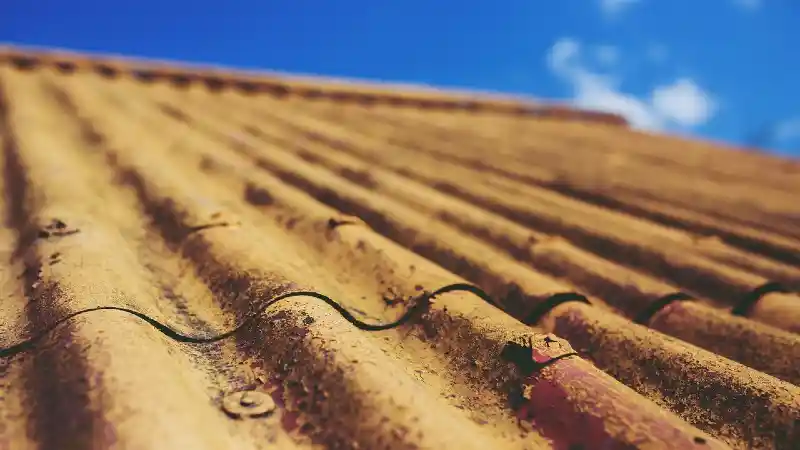Disclosure: This post may contain affiliate links, meaning we get a commission if you decide to make a purchase through our links, at no cost to you. Please read our disclosure for more info.
Hey there, homeowners! Your roof is your home’s first line of defense against the elements, so it’s essential to keep it in top condition. But how do you know when your roof needs repair, and what steps should you take to address issues promptly and effectively? Whether you’re dealing with minor leaks or more significant damage, I’ve got you covered with everything you need to know about residential roof repair.
In This Post:
Common Signs That a Residential Roof Needs Repair
- Missing, Damaged, or Curling Shingles: Keep an eye out for shingles that are cracked, curled at the edges, or missing altogether. These signs indicate wear and tear and leave your roof vulnerable to leaks.
- Water Stains on Ceilings: If you notice water stains on your ceilings or walls, it’s a clear indicator of a roof leak. Addressing the issue promptly can prevent further water damage to your home’s interior.
- Sagging or Drooping Roof: A sagging or drooping roof is a serious issue that requires immediate attention. It could indicate structural damage or a weakened roof deck, posing a safety hazard to you and your family.
- Granules in Gutters: Check your gutters for an accumulation of granules from your shingles. Excessive granule loss is a sign of aging shingles and may indicate the need for repair or replacement.
DIY Roof Repair Tips for Minor Issues
Replace Damaged Shingles: If you notice damaged or missing shingles, you can replace them yourself with a few simple tools and materials. Be sure to follow proper safety precautions and use roofing cement to secure the new shingles in place.
Seal Leaks: Use roofing sealant to patch small leaks around vents, chimneys, and flashing. Make sure to clean the area thoroughly before applying the sealant and allow it to dry completely before testing for leaks.
Clear Debris: Regularly clean debris such as leaves, branches, and dirt from your roof to prevent water buildup and potential damage. Use a broom or leaf blower to safely remove debris without damaging your shingles.
When to Call a Professional for Roof Repair
While DIY repairs can be effective for minor issues, there are times when it’s best to leave the job to the professionals:
- Extensive Damage: If your roof has sustained significant damage from severe weather or age, it’s best to call a professional roofer to assess the situation and recommend the appropriate repairs.
- Safety Concerns: Roof repair can be dangerous, especially if you’re dealing with steep slopes or heights. If you’re not comfortable working on your roof or lack the necessary safety equipment, it’s best to hire a professional.
- Warranty Considerations: Attempting DIY repairs could void your roof’s warranty if not done correctly. Hiring a professional ensures that the work is done according to industry standards and won’t jeopardize your warranty coverage.
How to Choose a Reputable Roofing Contractor for Repairs
Finding the right roofing contractor is crucial for ensuring quality workmanship and reliable repairs. Here are some tips for choosing a reputable contractor:
- Check Credentials: Verify that the contractor is licensed, insured, and bonded. This protects you from liability in case of accidents or damages during the repair process.
- Ask for References: Request references from past clients and follow up with them to gauge their satisfaction with the contractor’s work. Online reviews and ratings can also provide valuable insights into the contractor’s reputation.
- Get Multiple Quotes: Don’t settle for the first contractor you find. Instead, gather quotes from several reputable contractors to compare prices, services, and timelines.
- Review the Contract: Before signing any agreements, carefully review the contract to ensure it includes details such as the scope of work, materials to be used, project timeline, and payment terms.
Conclusion
Maintaining a healthy roof is essential for protecting your home and ensuring its longevity. By staying vigilant for common signs of roof damage, addressing minor issues promptly with DIY repairs, and knowing when to call in the professionals, you can keep your roof in top condition for years to come. Remember to choose a reputable roofing contractor for any repairs or replacements to ensure quality workmanship and peace of mind. Happy roofing!

